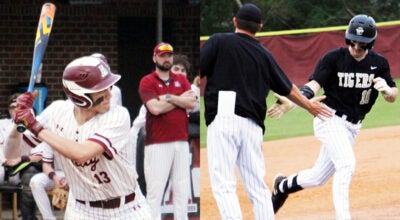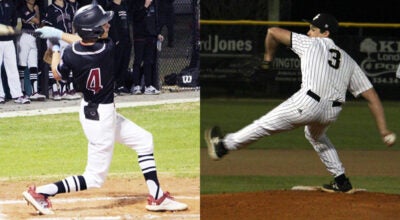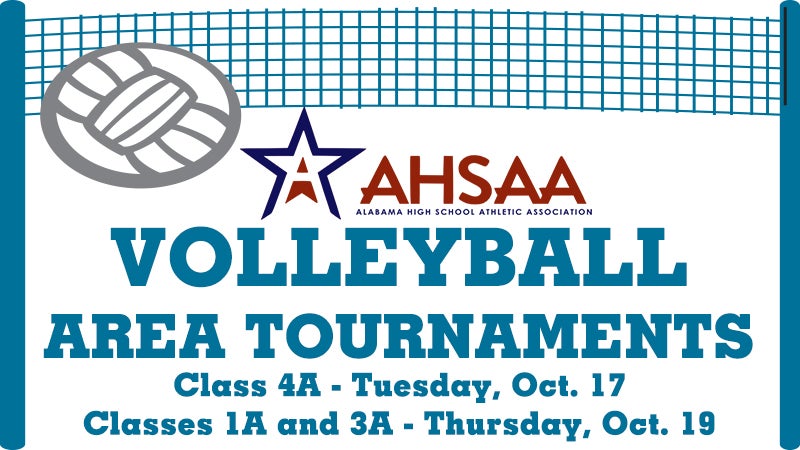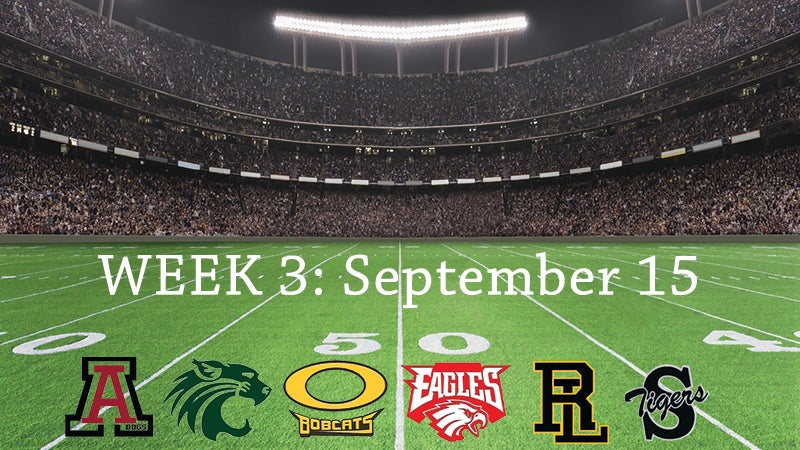One-sport athletes more prone to injuries, study says
Published 12:00 am Wednesday, August 4, 2010

ARH athletic trainer John Thomas said most injuries occur to athletes that only specialize in one sport. | Andrew Garner/Star-News
Athletes specializing in one sport instead of multiple sports are more likely to acquire injuries, experts say.
Thirty million children participate in organized sports, according to Safe Kids USA.
Safe Kids USA is a network of organizations that helps to prevent unintentional childhood injury, the leading cause of death and disability for children ages 1 to 14.
Participation in high school athletics is increasing, with more than 7.3 million high school students participating annually, according to the National Federation of State High School Associations.
The U.S. Centers for Disease Control (CDC) reports that high school athletes account for an estimated 2 million injuries, 500,000 doctor visits and 30,000 hospitalizations each year.
John Thomas, Andalusia Regional Hospital athletic trainer and sports medicine coordinator, said he just wants people to become aware of this problem.
“That’s what I really wanted to get out,” Thomas said. “We’re putting kids through things that their bodies are not programmed for. They can play year round, but it’s that competitive game that causes so much irritation.
“It’s asking for a serious problem,” he said.
He said most injuries can be prevented by participating in multiple sports with adequate time for rest, instead of specializing in one sport.
“Multiple sports are good for kids at the middle and high school levels because different sports work different mechanics (joints and body movement),” he said. “It gives a baseball payer a rest from that mechanic to using another mechanic that will, in most cases accentuate his or her other sport.
“The problem with one sport specialization year-round is that you irritate and you constantly push a joint (in the arm or knee) that needs rest,” he said. “In a lot of these cases, these joints are pushed beyond what they should be doing at the time.”
Dr. Jim Andrews of Birmingham, and president of the American Orthopedic Society for Sports Medicine (AOSSM) and founder of STOP Sports Injuries, conducted a study to increase the awareness of how and why kids are injured playing sports and how they can be safe. STOP stands for Sports Trauma and Overuse Prevention, and is serving as a campaign in highlighting sports such as baseball, swimming, football, basketball, cheerleading, tennis, dancing and gymnastics, to name a few.
In an article on www.stopsportsinjuries.org, “Are You ‘Overplaying?'”, Andrews says he has seen the same injuries in high school students as those of adult athletes.
“Everything’s upside down,” Andrews said. “We’re now seeing more adult-type sports injuries on high school and younger kids than we’re seeing on college and professional athletes.”
According to Andrews’ STOP program, young athletes are specializing in sports at an earlier age, and more than 3.5 million are treated annually under the age of 14 for sports injuries.
Out of those injuries, over use accounts for half of injuries in middle and high school, according to Safe Kids USA.
Thomas said the most common type of sport injuries that he has seen while at ARH involves the shoulders, and that most have come from players specializing in one sport.
“A lot of the players are ones that have played year-round to the point they’ve stressed something too much,” Thomas said. “It’s a lot of the two sports at the same time that can cause a lot of problems.”
Thomas said injuries can get worse over time, and that players shouldn’t stick to a “no pain, no gain” approach.
“It’s just a matter of having that gut feeling as to whether to see me, and find out do they need rest,” Thomas said. “That’s the problem with ball and getting into different programs.
“You get so focused on the team that the player feels bad because he needs to back away,” he said.
Backing away from the sport an athlete loves is a hard thing to do for some, Thomas said.
He added that some athletes opt-out to have surgery, and not play their chosen sport anymore.
“For them, it can be a very emotional time when they find out that they can’t play anymore,” he said. “Some take it better, and find out that there is something else better to do, but then you’ll have some that just don’t want to quit. They want to keep playing, it’s their passion.”
Thomas wants to assure those that are injured to come and see him at ARH for any complications as a result of over use and injuries.
For more information on the STOP Sports Injuries campaign, visit www.stopsportsinjuries.org.





